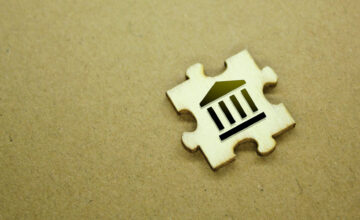Il linguaggio che trasforma
Secondo le neuroscienze sociali, ogni feedback attiva (o disattiva) i circuiti della sicurezza e dell’apprendimento. Il tono, la postura, la scelta delle parole diventano segnali che il sistema nervoso interpreta come “minaccia” o “alleanza”. Ecco perché non è importante solo cosa dici, ma da quale stato interno lo dici. La leadership neurocoerente parte










